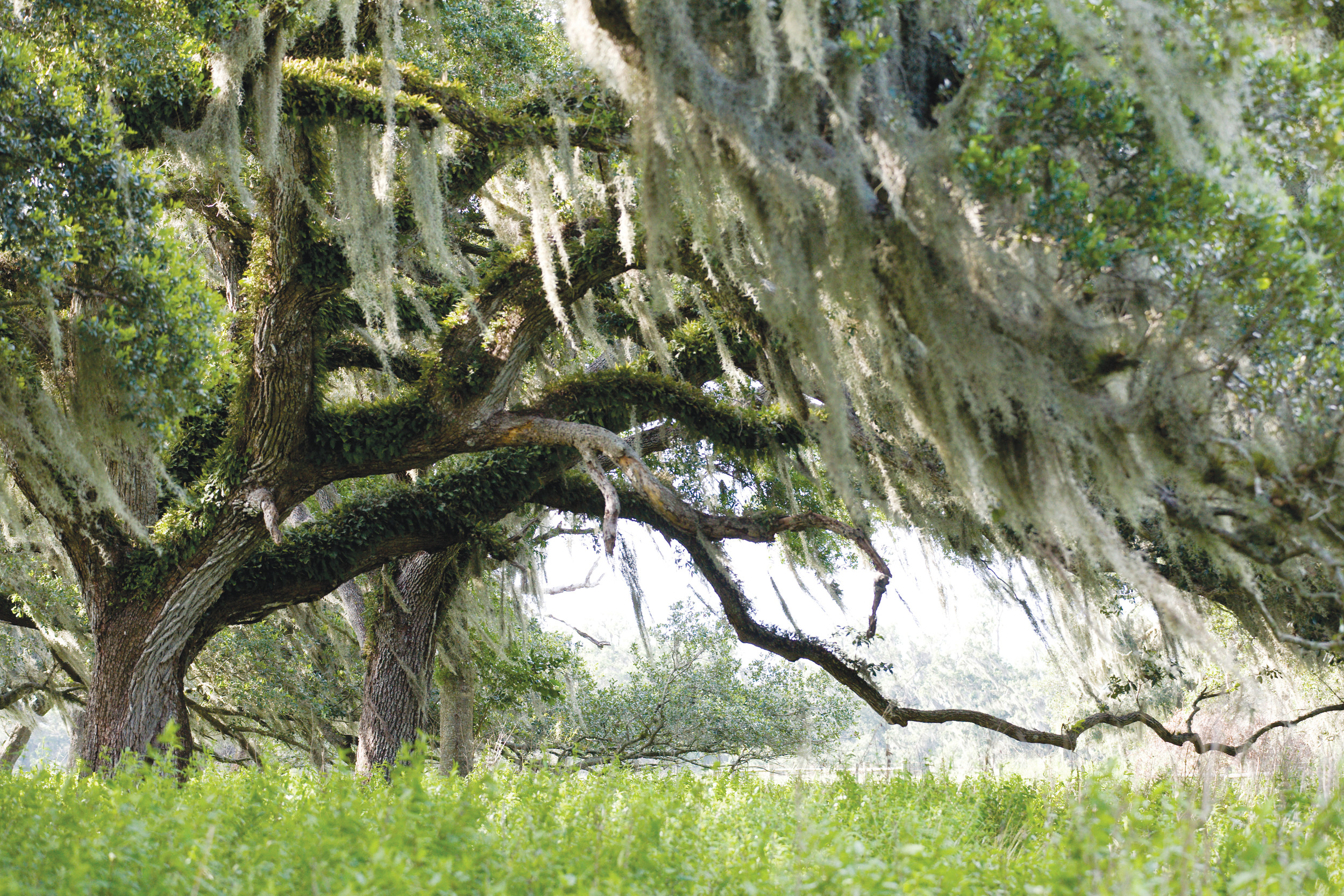What’s wrong with my oak tree?
GREEN COVE SPRINGS – Oak trees are a favorite tree for the home landscape and many can offer decades, or even centuries, of enjoyment in Florida. Several species exist in many gardens and natural …
This item is available in full to subscribers.
Attention subscribers
To continue reading, you will need to either log in to your subscriber account, or purchase a new subscription.
If you are a current print subscriber, you can set up a free website account and connect your subscription to it by clicking here.
If you are a digital subscriber with an active, online-only subscription then you already have an account here. Just reset your password if you've not yet logged in to your account on this new site.
Otherwise, click here to view your options for subscribing.
Please log in to continueDon't have an ID?Print subscribersIf you're a print subscriber, but do not yet have an online account, click here to create one. Non-subscribersClick here to see your options for subscribing. Single day passYou also have the option of purchasing 24 hours of access, for $1.00. Click here to purchase a single day pass. |
What’s wrong with my oak tree?
GREEN COVE SPRINGS – Oak trees are a favorite tree for the home landscape and many can offer decades, or even centuries, of enjoyment in Florida. Several species exist in many gardens and natural areas including the Live Oak, Turkey Oak, Red Oak and Water Oak. Each of these species have specific needs and attributes that can affect their success.
In most instances, the oaks are looked at as some of the toughest trees in the landscape but there are some issues that can lead to a decline in their health. One of the first things to think about is if there have been any disturbances of the roots such as new construction, heavy traffic, trenching or digging. For example, in Live Oaks, damage to roots can lead to the death of the tree in one to five years. Another issue to check for is if Metasulfuron Methyl has been applied to turf around the trees as research shows that this chemical can potentially enter the roots and damage the tree.
Another cause of tree decline to check for is lightning, as it can strike trees, damage the living cambium layer in the trunk and the tree will likely die within a year of the event.
In addition to damage, make sure the oak is being cared for properly. Mulch should be kept around the root zone of the tree but leave a circle, about 1’ in diameter, around the trunk open. Irrigation and fertilization are usually not needed for established trees. In fact, some species, such as the Turkey Oak, do not respond well to irrigation and fertilization so be sure to know your species and make sure they fit your site.
Pruning should be done (in the dormant season of winter is best) to maintain a strong central leader and to remove suckers, dead limbs and any branches that do not help the structural integrity of the tree. Most oaks do require some space to grow so these may not be ideal for small areas.
If you have an oak that is showing issues and is getting proper care, there are a few things to look for as likely culprits. As far as insects, look for aphids or scale on the leaves. Wood boring beetles are also known to attack stressed trees.
If you care for the oak properly and allow beneficial insects to thrive, these are not normally a major issue. There are some common diseases, mainly fungi such as Armillaria root rot which can attack the roots and move up the tree, causing a quick decline and death. A tell-tale sign to look for with some of the fungi are mushrooms that grow near the base or on the trunk of the tree. There are no practical controls for these soil-borne pathogens except to give the specimen the environment it needs – avoid injuring the trunk – and to reduce stress.
If you are having issues with your tree, you can find many helpful fact sheets online developed by the University of Florida or contact your local UF/IFAS Extension office. Sending in some pictures or bringing in a sample can help in determining what may be happening. If the tree poses a hazard to property or life, the University of Florida recommends consulting with an ISA Certified Arborist and hiring a licensed and insured service to conduct any work.
If you have any questions contact the University of Florida/IFAS Clay County Extension Office at (904) 284-6355 or email them to IF-SVC-Clay-MG@ad.ufl.edu.








